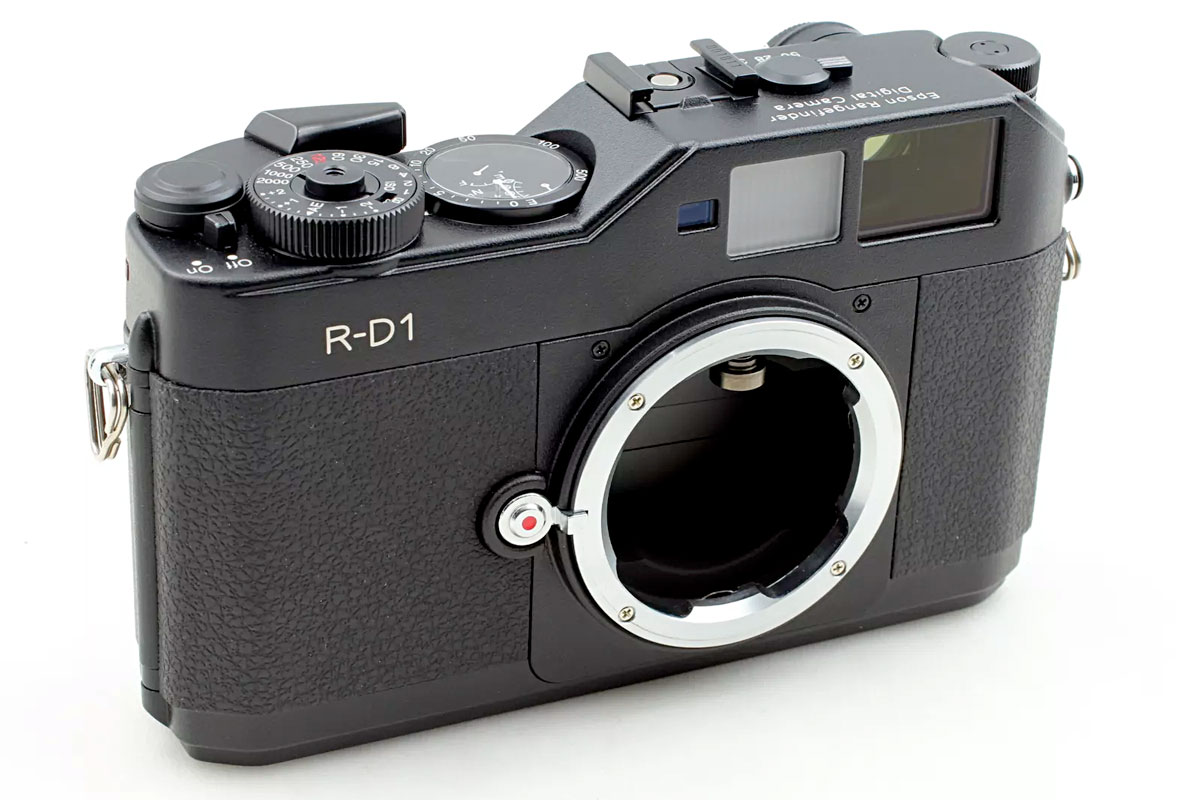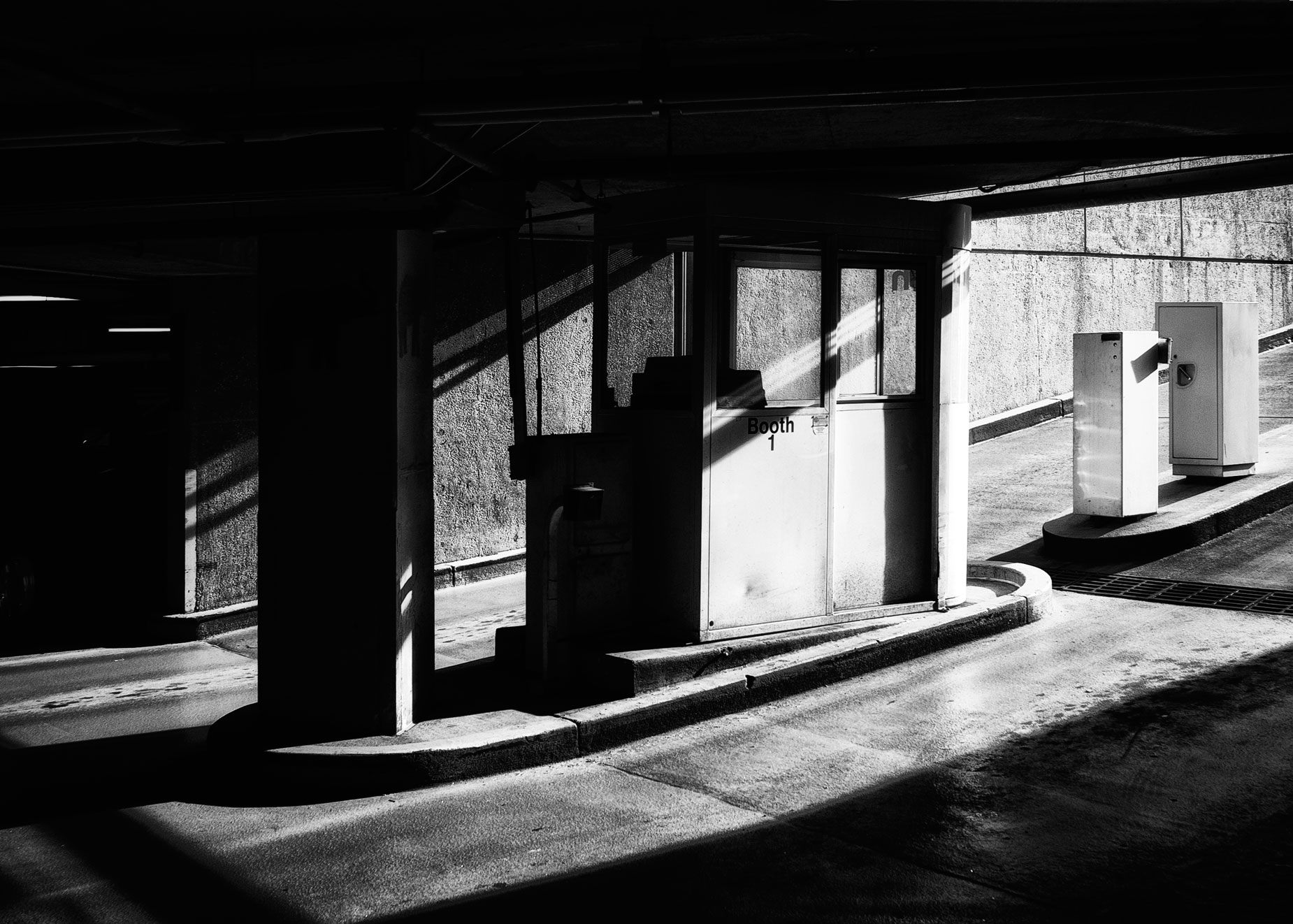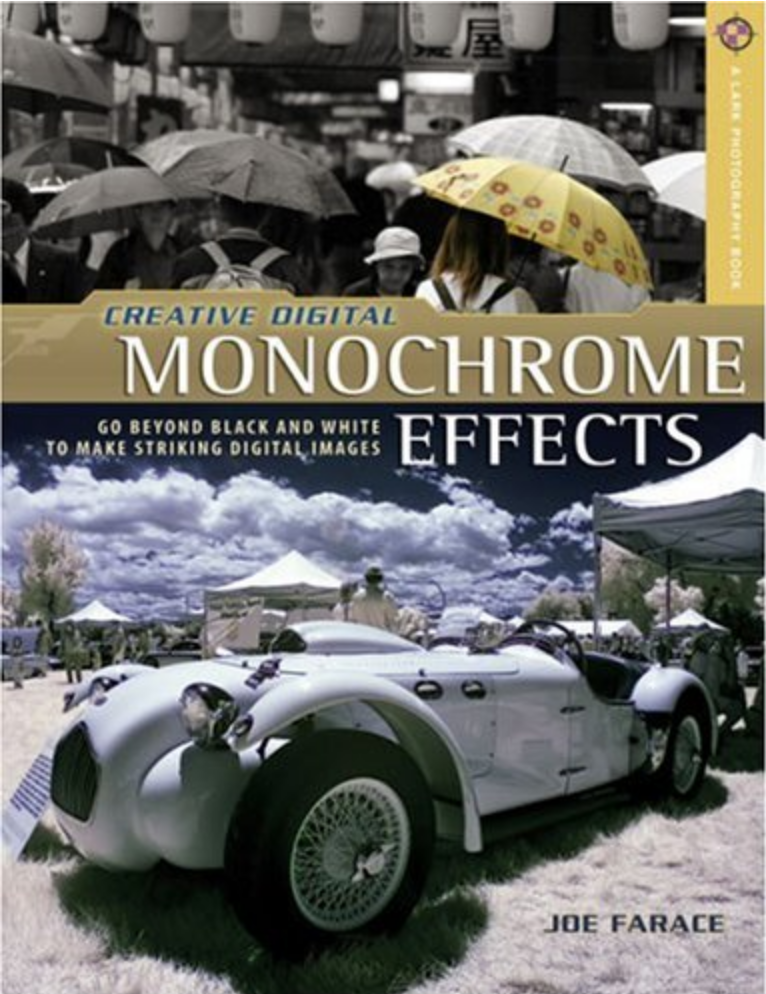Today’s Post by Joe Farace
I think the equipment you use has a real, visible influence on the caracter of your photography.—Keith Carter
 The Epson R-D1 was a digital rangefinder camera that the company introduced in March, 2004 and was the first digital rangefinder ever commercially produced. The Leica M8, Leica’s first digital rangefinder camera, was launched on September, 2006. The RD-1 was never officially sold in the USA but back in the day a friend at Epson got hold of a camera and let me borrow it for while when I made the featured image.
The Epson R-D1 was a digital rangefinder camera that the company introduced in March, 2004 and was the first digital rangefinder ever commercially produced. The Leica M8, Leica’s first digital rangefinder camera, was launched on September, 2006. The RD-1 was never officially sold in the USA but back in the day a friend at Epson got hold of a camera and let me borrow it for while when I made the featured image.
The Rangefinder Experience
Producing the R-D1 was a joint venture between Epson and Cosina, with the former developing the electronics and user interface. It had a 6.1-megapixel APS-C (15.6 x 23.7mm) Sony-designed CCD sensor, the same one that was used in the Pentax *ist D and the Nikon D100. Cosina provided the body (a modified version of the Voigtländer Bessa R2) with its rangefinder mechanicals. The camera used the Leica M mount lens mount.
The RD-1 bent over backwards to emulate a film camera, much more so than any Johnny-come-lately cameras from Fujifilm. For example, the R-D1 has a manually-wound shutter that was actuated by moving its rapid wind lever just like a film camera. It has an electronic vertical traveling focal-plane shutter with speeds from 1 to 1/2000s plus bulb. All of the controls operate similarly to how classic film-based rangefinder cameras work. Exposure modes included aperture priority, manual exposure, and AE lock. Exposure compensation is available from plus and minus 2 EV in one-third stop increments. ISO sensitivity can be set to 200, 400, 800 and 1600.

How I Made this Photograph: To tell the truth, I’m not even sure at what underground garage I made this image in—they all look alike. I think the lens used was a Voigtländer 28mm f/1.5 Nokton but can’t be sure since no lens data is shown in the EXIF data, even though Cosina makes Voigtländer lenses. The exposure was 1/220 at f/? and ISO 400. The color RAW file converted to monochrome with Silver Efex using their High Contrast (harsh) preset, with the grain slider set all the way to Soft.
Camera settings such as white balance, shutter speed, JPEG quality, and shots remaining are all displayed using indicators on a dial resembling a wrist watch dial, made, it was said, by Epson’s parent company, Seiko. The two-inch LCD rear screen can be rotated 180 degrees inwards towards the camera, allowing it to be hidden while folded. Images are captured in JPEG at 3008 x 2000 pixels or 2240 x 1488. A RAW format (.ERF—Epson Raw File) is also supported and my copy of Photoshop CS6’s Adobe Camera RAW easily opened the files.
The RD-1 is a true unicorn camera and you can buy one on eBay from Japan for about $2000—without a lens. Humorously, I think anyway, you can pick up a used Leica M8 for not much more than that. And the Leica has an APS-H (18 x 27mm) sized CCD sensor made by Kodak with a 1.33 magnification factor.
Postscript: In 2009 Epson introduced the RD-1x that featured a larger 2.5-inch fixed, non-articulated screen. Previously they announced the RD-1S that was basically a firmware update that added RAW+JPEG capture and Adobe RGB color space, among other internal features. After producing 10,000 cameras, the Epson RD-1 was discontinued in 2014.
My book Creative Digital Monochrome Effects is available from Amazon for $19.03, with used copies selling for around four bucks as I write this. That’s cheaper than a Starbucks latte, so get’em while you can. Sorry, there’s no Kindle version for those preferring a digital version.
